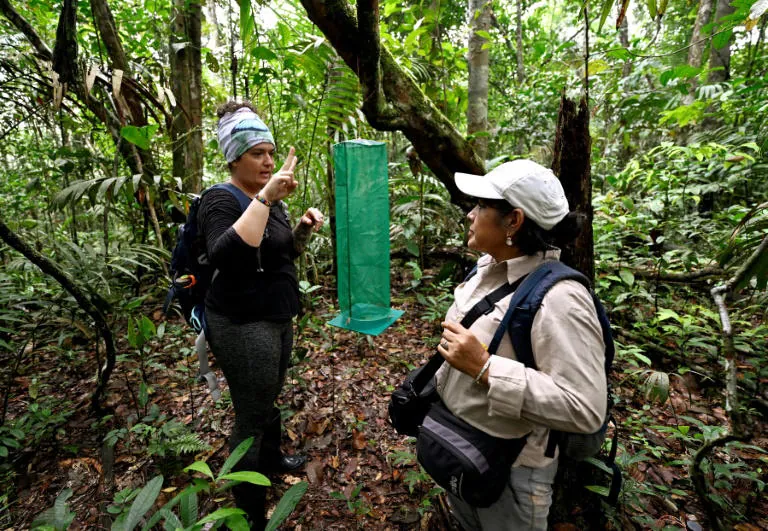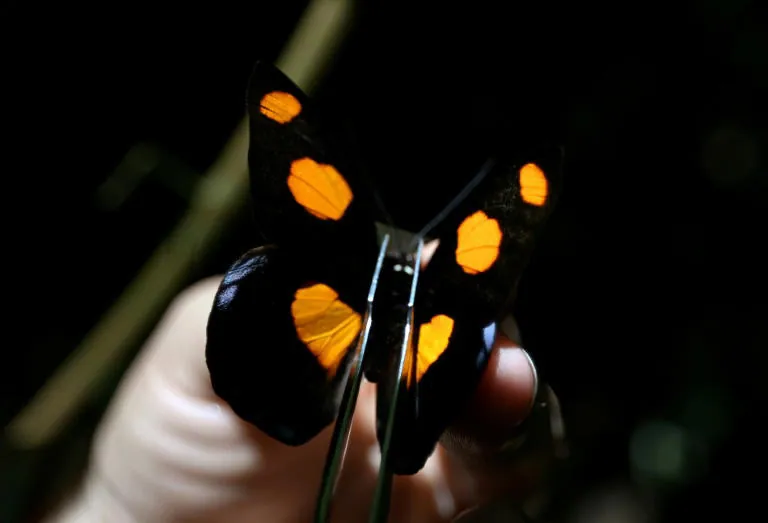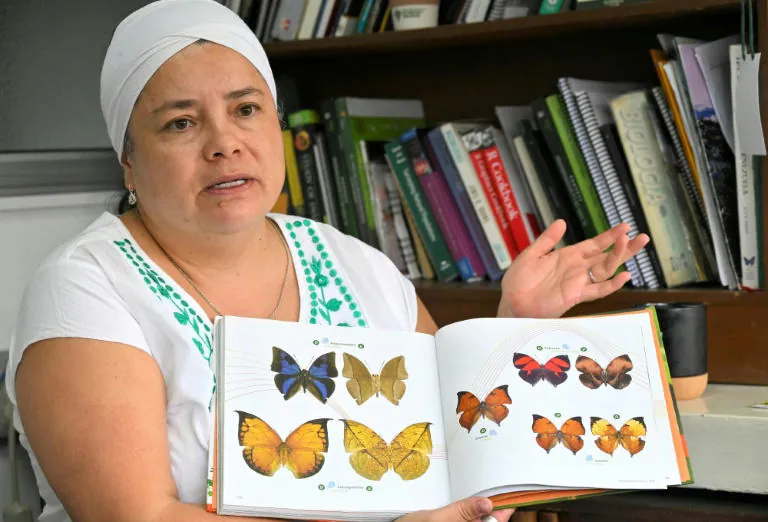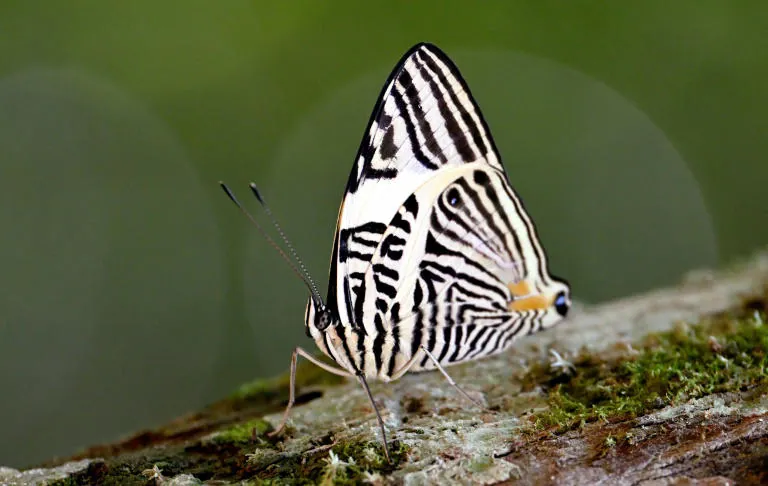
Biologists on a trail in the Ecuadorian Amazon hold their breath as they distribute a smelly delicacy to attract butterflies, a pollinator increasingly threatened by climate change.
One team hung 32 traps made of green netting, each baited with rotting fish and fermented bananas. They are meant to blend in with the forest canopy. Their pungent smell is not obvious.
Since last August, a team of biologists and park rangers have been monitoring butterfly numbers in the Cuyabeno Wildlife Reserve, a park known for its abundant flora and fauna.
Read More: Morgan Wallen jokes he’s ‘a little rowdy’ at first concert after his arrest
They capture and document colorful insects, releasing many with identifying marks on their wings. Some of them, possibly from previously unknown species, were kept for further study.
However, the results of the team’s work were disappointing.
Butterflies are “bioindicators” whose prosperity provides a measure of the health of their surrounding ecosystem, and their numbers are declining, biologist María Fernanda Checa told AFP.

While the species’ numbers may not have declined by more than 10 percent, she said, “the decline is significant… perhaps 40/50 percent” in terms of absolute butterfly numbers.
“It’s something that worries us.”
Bioindicators –
Led by expedition leader Elisa Levy, a team checks the nets for captured butterflies.
They delicately grasp insects with their small abdomens and manipulate their legs and wings with pincers.
Some are bright red and blue, while others resemble zebra stripes. Some are transparent like glass.

About three-quarters of the crops that produce fruit or seeds for human consumption depend on pollinators, which provide a free service worth billions of dollars.
The UN has warned that 40 percent of invertebrate pollinators — especially bees and butterflies — are at risk of global extinction, posing some risks to humanity.
Butterflies are “very sensitive to even small changes in the environment” throughout their short lifespan from egg to caterpillar to reproductive adult, Cheka said.
Levy explained that tropical plants — unlike regions with distinct seasons — are not acclimated to extreme climate variations.

If they do not adapt to the rapidly changing climate, these plants will be lost along with the butterfly larvae that feed on them.
Ecuador, a relatively small but highly biodiverse, hosts nearly 4,000 butterfly species — nearly as many as its neighbors Peru and Colombia.
Yet in places like Yasuni National Park, which neighbors Cuyabeno, “the rate of species discovery is slower than the rate of extinction,” Checa said.
